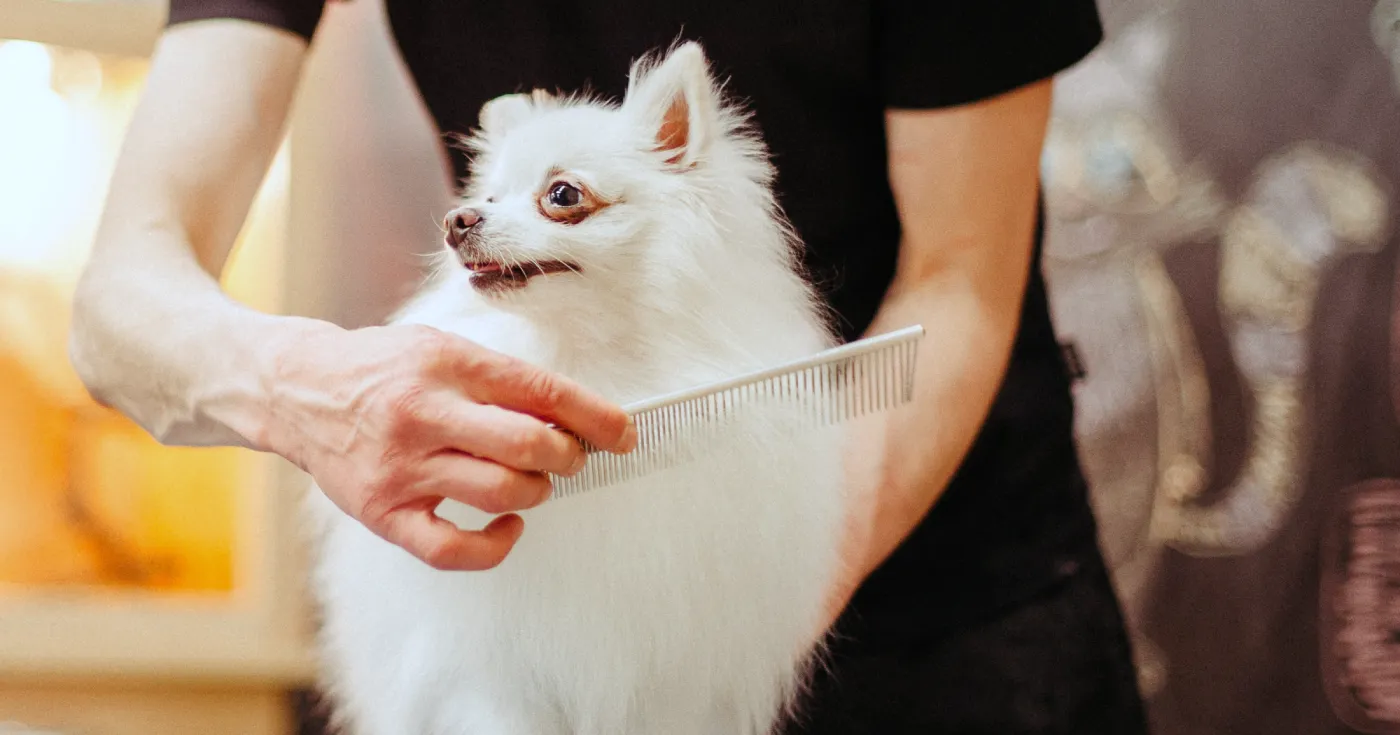Few things can be as disconcerting as when your cat displays improper elimination behaviors, like peeing, defecating, or even spraying outside the litter box — an act commonly termed as “cat scratching in the litter box but not peeing.” Unwanted areas can become common targets for these activities due to an array of reasons, which may range from underlying medical conditions to aversions to the litter box, or even, stress. It is imperative to promptly identify and address the root cause as cats are creatures of habit and the longer they continue this practice, the more challenging it becomes to rectify it.
Generally, cat elimination behaviors can be segregated into two types: urinating on horizontal surfaces, termed as “inappropriate urination,” and spraying urine on vertical surfaces, classified as “urine marking.” The distinction could appear subtle to a pet owner, but accurately identifying one from the other is paramount when seeking the root cause of the issue.
The surest way to determine if your cat is urinating inappropriately or marking territory through spraying involves catching them red-handed: a cat in the act of spraying will typically stand with a raised, quivering tail, spraying in multiple constant spots. Intriguingly, unlike urinating, they refrain from squatting during a spray, another clue to spot this behavior.
What Could be the Reasons for Your Cat Persistently Scratching in the Litter Box?

To shed some light on the puzzle of why your cat is relentlessly scratching in the litter box but not peeing, we have categorized potential explanations into three key areas:
- Behavior-related Causes
- Litter Box-associated problems
- Health-related issues
Behavioral Causes for Your Cat’s Constant Visiting and Scratching in the Litter Box
To unravele the mystery of your cat’s compulsive litter box scratching keep with the following:
Playfulness
Young kittens are energetic, adventurous, and full of curiosity. It’s not uncommon to spot them frolicking, burrowing, and pouncing around their litter box. To kittens, their litter box could represent an exciting sandbox offering endless opportunities for amusement with their companions. Choosing the litter box by cats as their playground is for these reasons:
- The enticing fragrance of the litter captivates kittens and draws them towards the litter box.
- Also, the pleasingly soft texture of the litter provides a perfect lounging space.
- Although an occasional romp in the litter box is harmless, it becomes concerning when it turns into a daily routine, especially if the litter box becomes your kitten’s preferred sleeping spot.
In such instances, prolonged litter box play might indicate possible health issues such as urinary tract infections (UTIs). Alternatively, your insecure kitten might feel intimidated by other pets in the house.
Territory-Marking Tendencies
A trait innate to felines is their territorial nature. The paw pads of cats contain scent glands that release a distinct aroma when they scratch. To ward off rivals and avert conflicts, cats leave scent marks throughout their environment.
Alongside urine marking, excessive scratching in the litter box but not peeing acts as a territorial signal. Such behavior becomes more noticeable in multi-cat households, particularly if a single litter box is shared among all. This is famously known as the multi-cat household conflict, where one or multiple cats claim their right on the litter box via scent marking.
Paw Hygiene Obsession
Cats are meticulous about their cleanliness, with special emphasis on their paws. Some go to great lengths, scratching their litter boxes relentlessly to remove the tiny particles of litter wedged between their toes as part of their extensive grooming regime.
Waste-Covering Instinct
A throwback to their wild ancestors, domesticated cats inherit a compelling urge to cover their feces. In the wild, camouflaging their feces served a strategic purpose, helping their forebears to evade predators and protect their offspring from being preyed upon. Nowadays, despite living safely indoors, this instinct remains strong in our pet cats, leading to their consistent scratching in the litter box.
Solving the cat’s trouble
Your cat scratching in the litter box but not peeing can be an alarming concern. It’s vital to identify the underlying cause promptly as the longer the issue persists, the higher the possibility it might become a habit. Your mission to find the root cause should involve ruling out medical conditions, litter box aversion, and behavioral changes due to stress or territorial disputes. You can do this through several steps:
- A visit to the vet starts with a thorough veterinary check-up. This includes a comprehensive physical examination, an in-depth analysis of your cat’s stress history, familiarizing yourself with the “what-where-when” of the unusual occurrences, urinalysis, sometimes a chemistry panel, and, in rare cases, abdominal imaging. Often, a medical condition is spotted and treated, and your cat returns to the usual utilization of the litter box with no issues of scratching but not peeing.
- Prioritizing your litter box management when no medical conditions are found. An attractive litter environment involves selecting the right box, ideal litter, and a comfortable location.
- Ensure you have sufficient boxes. A golden rule – provide at least one litter box in excess to the number of cats you have. If you have two cats amidst your household, you should equip it with three litter boxes. The box should be spacious. Cats prefer generous space in a litter box. If your pet is battling arthritis, the box should ideally be 1.5 times the length of your cat. A lid-removed under-the-bed sweater box works perfectly.
- Keep the litter box cleansed. Ensure twice-a-day scooping of litter boxes. Use a scoop that collects from the box’s bottom, removing all clumps. With cats’ sharp sense of smell, offensive odors can deter them. Maintain about 2 to 3 inches of litter in the box by topping it up frequently; once a week perform a full clean-up. Replace your litter boxes regularly. Due to plastic’s nature in retaining smells even after a thorough cleaning, change your boxes every few months. Cats can perceive scents that are normally undetectable to humans.
- The litter box should be easily accessible. For older or arthritic cats, a litter box with low sides and ease of entry is preferable. Also, place boxes at different points around your home, as cats like to save energy and use the nearest box possible.
The available choices to find the favorite litter
Finding the favored litter is important. The available choices range between clumping, non-clumping, scented, non-scented, pellets, crystals, clay, corn, wheat, pine, and more. However, the majority of cats prefer fine-grained, unscented litter. A “litter test” involving different litters in separate boxes might help determine your cat’s preference. Remember, consistency is key as cats tend not to appreciate change.
Location impacts your cat’s comfort.
Litter boxes should ideally be placed in quiet, secluded areas away from disruptive housemates, noise-generating objects, doorways, and artificial odors. Also, the area should allow sufficient room for the cat’s mobility. Providing covered boxes for privacy-loving cats and an open area for others may improve the situation. If a cat develops a strong preference for a particular location, accommodate a litter box there and gradually shift it if needed.
Regarding automatic litter boxes
While some cats appreciate self-cleaning boxes, others may not. Therefore, if you use one, consider it a potential problem until proven otherwise. To counter this, provide a traditional litter box in a separate location from the automatic one, and observe your cat’s preference.
In conclusion, cats are habitual creatures; neutralizing odors and removing soiling will be beneficial. Carpets and rugs should be thoroughly cleaned or replaced. Spreading heavy grade plastic over the cleaned areas until the behavior stops can be a useful strategy.
Also read: Cat scratching leather couch fix












